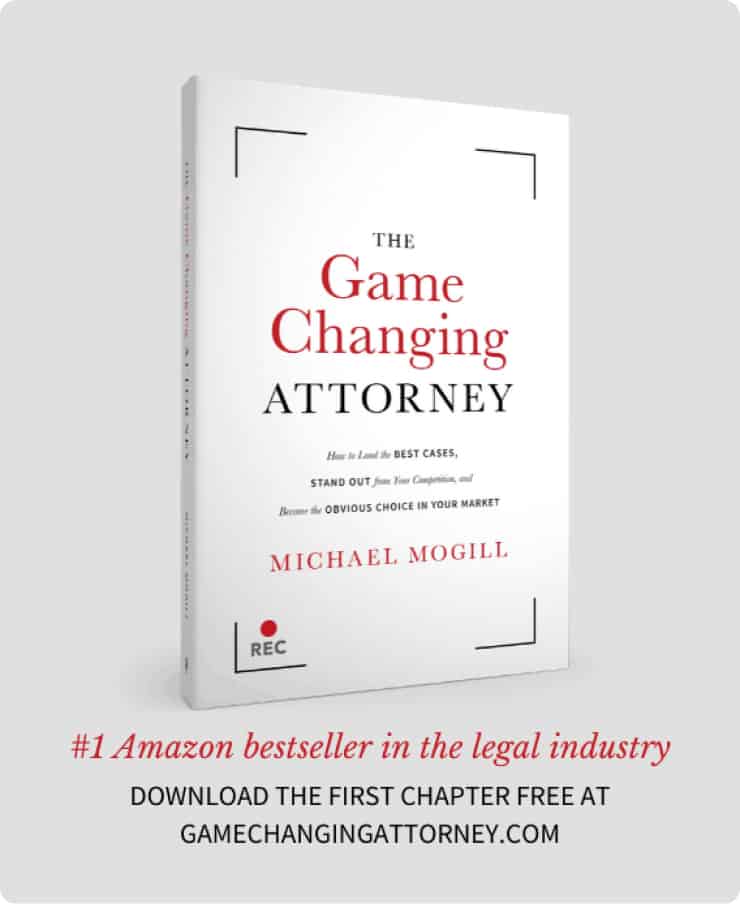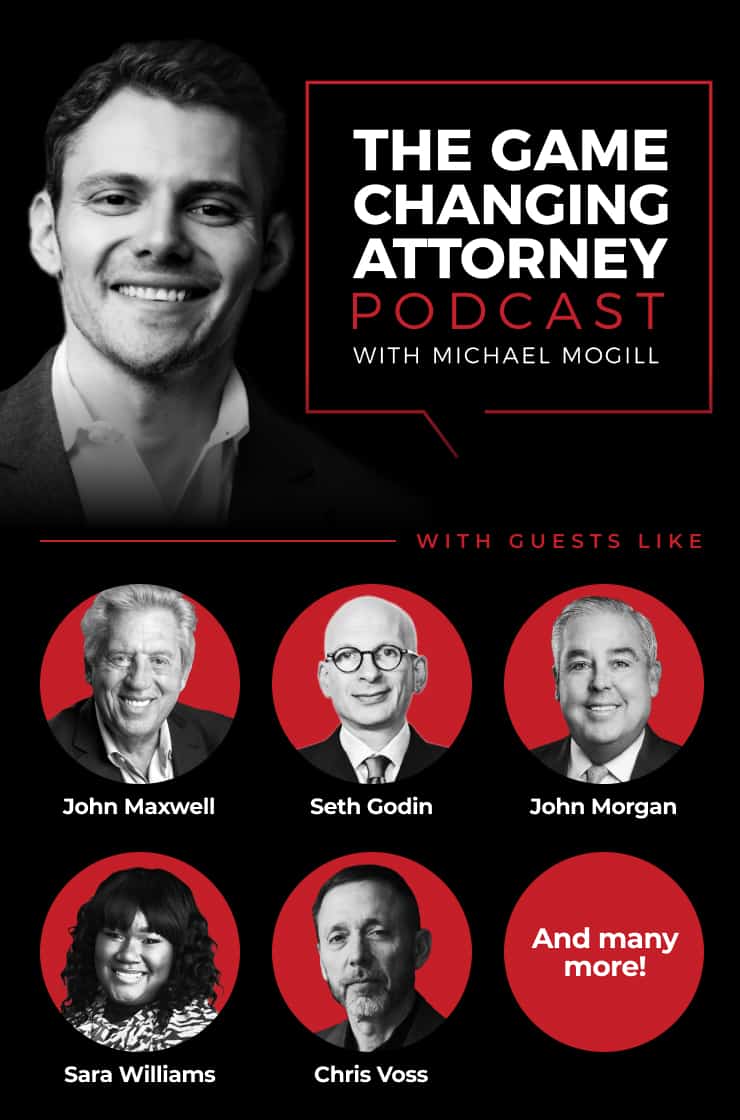It’s the age old dichotomy: “the head vs. the heart.” We’re told to quiet the voice in our hearts to make logical, sound decisions. But is following your head really as voluntary as we think?
Good question, and the answer is no.
Think about your dream car. Why do people get excited about Teslas, Porsches, and Jaguars? Why spend more money when a simple, practical Honda will get you from point A to point B for a fraction of the price?
It’s because buying a luxury car is an emotional decision. Though logically you know luxury cars have a lot of incredible features, the biggest underlying reason for buying them is because of the way it makes you feel.
But don’t just take our word for it. Studies confirm that almost 90% of our decisions are based on emotion. And here’s why, according to Gerard Tellis, author of Advertising and Sales Promotion:
1.) Emotion requires less effort than logic. Logic solicits cognitive effort, whereas emotion is automatic and even subconscious to a degree.
2.) Emotion-based arguments are often easier to recall than logic-based arguments (in fact, “when we read a story, not only do the language parts of our brains light up, but any other part of the brain that we would use if we were actually experiencing what we’re reading about becomes activated as well.” says Rachel Gillett in Fast Company).
3.) Emotion almost always leads more quickly to cognitive change than logic does.
So how can you use this to step up your marketing strategies? First of all, you can bring storytelling into the picture.
“Humans have always loved good stories” says Max Tsypliaev, CEO of Comindware. “And professional marketers use that fact to their advantage.”
One of the easiest ways to leverage storytelling to help you increase your marketing reach is by using video. A good legal brand video combines music, visuals, and engaging sound bites to create a dynamic trifecta of emotional storytelling magic.
But, while emotion is often the first step in the decision-making process, it’s generally not the last. “Without emotion, we are biologically incapable of making decisions. Logic is often the last step in the process.” – Janet Crawford is one of the world’s pioneers in applying neuroscience to business. Her firm, Cascadance, leverages biological design to improve individual and team performance.
Logic comes in for backup to rationalize the decision that you emotionally want to make. You buy that Tesla because it makes you feel like a rockstar, but justify that decision because it doesn’t use gas, is better for the environment, and comes with an array of other features that make your life easier.
In short, logic is still an active part in the decision making process, it just falls secondary to emotion.
So what does this new chunk of knowledge mean for your firm’s marketing? Well, it’s pretty easy. You can’t have a video, or ad, or piece of content marketing that is only emotional, with nothing to back it up. So you have to be sure to use emotion and logic together.
While emotion can spur your audience to action (and increase conversions), logic follows up quickly behind to reinsure the decision-maker that the decision was right, even after the temporary heightened emotion has faded.
This is why having an emotionally-moving video is important, but also why it’s important to back it up with logical arguments, client testimonials, and convincing dialogue as to why you’re the best attorney to solve potential clients’ problems.
For content marketing, this is why having a moving anecdote should be quickly followed up with statistics to support it. And with print ads, this is why when you look past the captivating visuals, you see copy that supports the ad and drives you to action.
So while we use our heads alongside our hearts, it’s important to remember that the heart is almost always in the driver’s seat, even if the decision-maker is completely unaware.
Leverage that, and you’re well on your way to a marketing strategy that increases conversions, but doesn’t leave the client wondering if they made the right decision.






